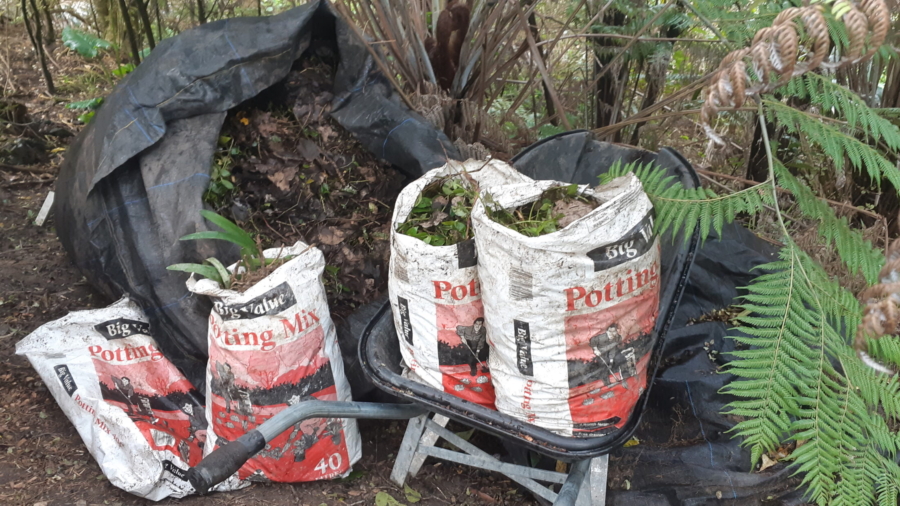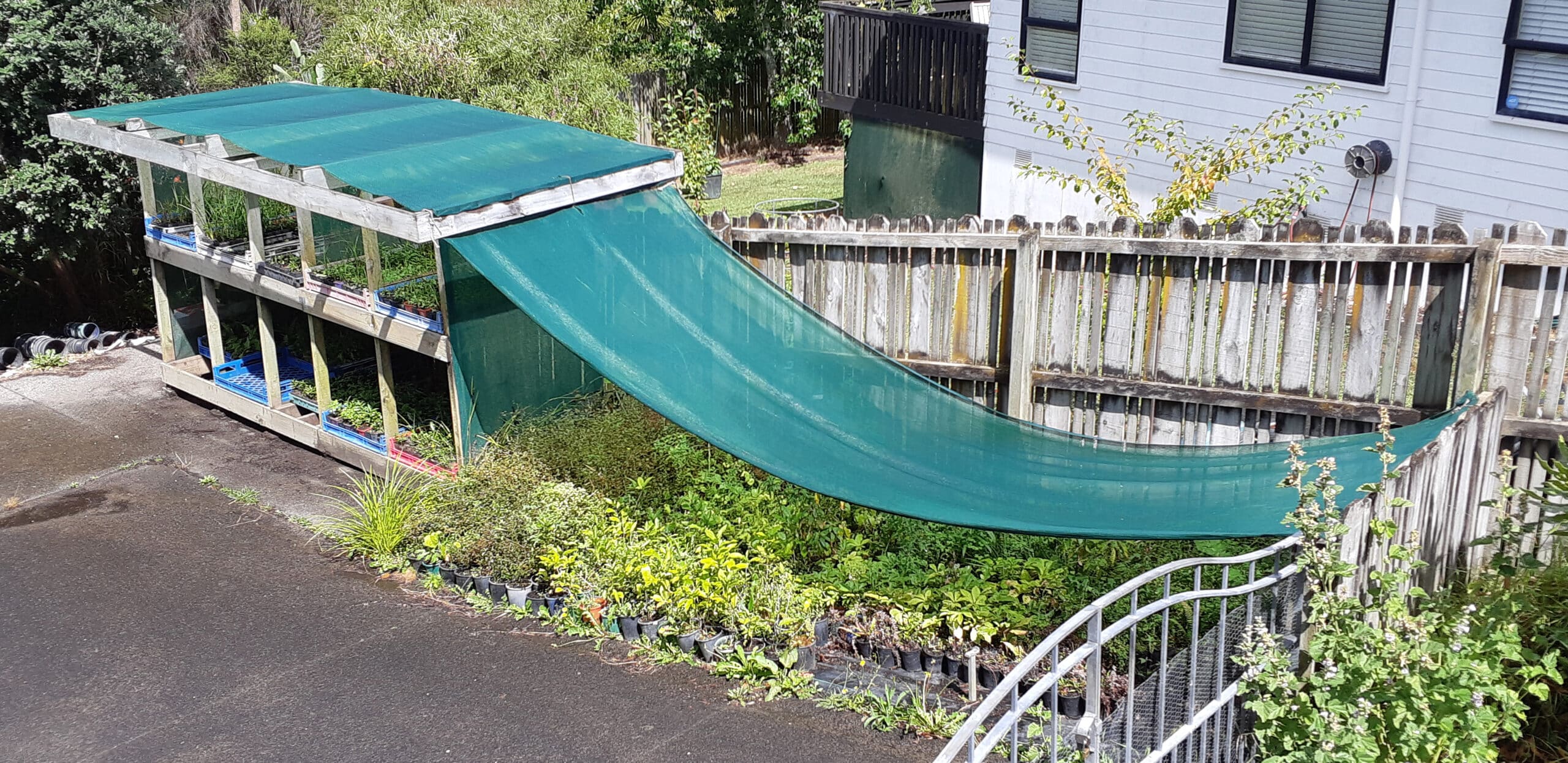The Bannerghatta-Hosur Landscape in southern India, a region stretching from Bannerghatta National Park to the North Cauvery Wildlife Sanctuary and Hosur scrublands, is a critical zone for elephant migration. Urbanization and habitat loss here forces many elephants to travel through human settlements and agricultural lands, which inevitably increases human-elephant conflicts. Sometimes, that means death.
A recent study by A Rocha India concluded that there were 153 human and 69 elephant mortalities reported in the region between 1980 and 2020. Using records on elephant deaths and deaths of humans by elephants collected from Forest Department records, newspapers and scientific publications, they have examined the reasons behind variations in casualties.
For instance, the majority of human-elephant conflicts took place in September when crops are close to harvesting and elephants are more likely to venture onto farmlands in search of food.
Human deaths occurred when farmers attempted to protect their crops. For example, many farmers set illegal electric fences around their land to deliver a lethal voltage to raiding elephants. As a result, electrocution was the main cause of elephant mortality.
In this part of India, many villagers do not have access to a toilet. The majority of the human casualties recorded in the study took place early in the day or after dark in accidental encounters between elephants and people relieving themselves in the forest or collecting firewood.
A Rocha India has been working for many years to protect elephants and educate farmers living around Bannerghatta National Park. The study not only demonstrates just how complex an issue this is, but also the significance of A Rocha’s work here.
Photo: © A Rocha India


